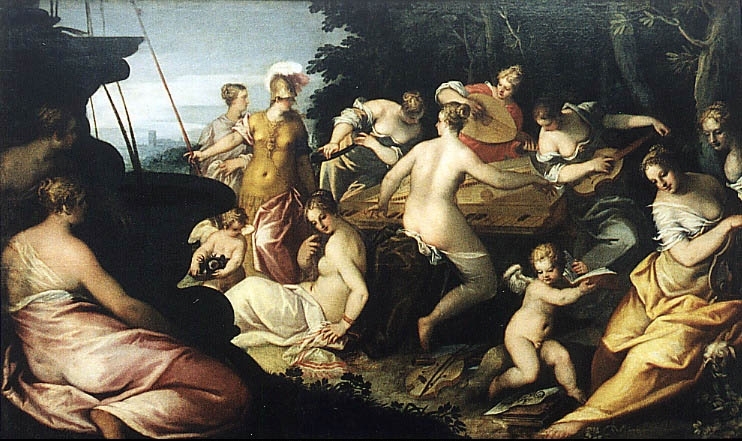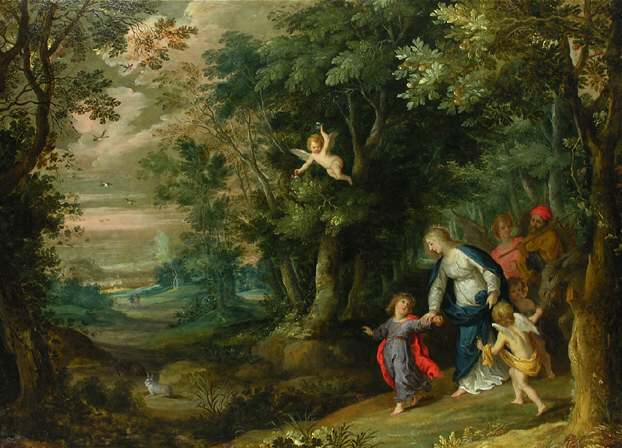Hans Rottenhammer (1564-1625)
Get a Rottenhammer Certificate of Authenticity for your painting (COA) for your Rottenhammer drawing.
For all your Rottenhammer artworks you need a Certificate of Authenticity (COA) in order to sell, to insure or to donate for a tax deduction.
Getting a Rottenhammer Certificate of Authenticity (COA) is easy. Just send us photos and dimensions and tell us what you know about the origin or history of your Rottenhammer painting or drawing.
If you want to sell your Rottenhammer painting or drawing use our selling services. We offer Rottenhammer selling help, selling advice, private treaty sales and full brokerage.
We have been authenticating Rottenhammer and issuing certificates of authenticity since 2002. We are recognized Rottenhammer experts and Rottenhammer certified appraisers. We issue COAs and appraisals for all Rottenhammer artworks.
Our Rottenhammer paintings and drawings authentications are accepted and respected worldwide.
Each COA is backed by in-depth research and analysis authentication reports.
The Rottenhammer certificates of authenticity we issue are based on solid, reliable and fully referenced art investigations, authentication research, analytical work and forensic studies.
We are available to examine your Rottenhammer painting or drawing anywhere in the world.
You will generally receive your certificates of authenticity and authentication report within two weeks. Some complicated cases with difficult to research Rottenhammer paintings or drawings take longer.
Our clients include Rottenhammer collectors, investors, tax authorities, insurance adjusters, appraisers, valuers, auctioneers, Federal agencies and many law firms.
We perform Hans Rottenhammer art authentication, appraisal, certificates of authenticity (COA), analysis, research, scientific tests, full art authentications. We will help you sell your Hans Rottenhammer or we will sell it for you.

Hans Rottenhammer was a German painter, born in Munich, where he studied until 1588 under Hans Donauer the Elder. In 1593-4 (and perhaps earlier) he was in Rome, and he then settled in Venice from 1595-6 to 1606, before returning to Germany and settling in Augsburg, working also in Munich. He died in Augsburg, apparently in some poverty, and according to some sources an alcoholic.

In Venice he gained a reputation for small highly-finished cabinet paintings on copper, of religious and mythological subjects, combining German and Italian elements of style. In particular he combines the landscape tradition of the North with the compositional and figure styles of Tintoretto and Veronese. He was the first German artist to specialize in cabinet paintings. In Rome he knew the earlier members of the Bamboccianti ,a circle of Northern artists (before the name itself arose), and remained in regular contact with Paul Brill, a Flemish artist living in Rome, sending him plates with the figures painted on for Brill to supply the landscape, according to a dealer’s letter of 1617. He also collaborated with Jan Brueghel the Elder in a similar way. He was commissioned in 1600 to paint a Feast of the Gods for Emperor Rudolph II (now Hermitage).

Once back in Germany, he worked on larger altarpieces and decorative schemes for palaces, including the Munich Residenz and Schloss Bückeborg(Goldener Saal). He is believed to have employed Adam Elsheimer as an assistant in 1598 or 1599, and no doubt gave Elsheimer an introduction to Bril; when Elsheimer moved on to Rome he and Bril became close friends.

Two drawings by Rottenhammer (now in Copenhagen) belonged to Elsheimer, and have an inscription noting they were a gift from Rottenhammer. Elsheimer’s mature paintings are all small and on copper, and continue to develop Rottenhammer’s synthesis of German and Italian styles, and use of landscape. There are paintings in the main galleries in London, Munich (3), Augsburg, Berlin, Cambridge, St Petersberg, Amsterdam (2), Schwerin, Milan, Los Angeles, and elsewhere. Most of his altarpieces and decorative schemes can still be seen in situ.

Still wondering about a 16th century German painting in your family collection? Contact us…it could be by Hans Rottenhammer.
Reviews
1,217 global ratings
5 Star
4 Star
3 Star
2 Star
1 Star
Your evaluation is very important to us. Thank you.
